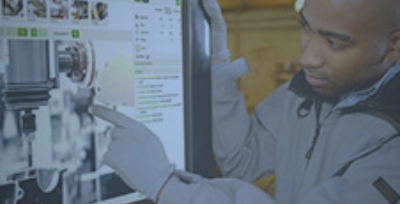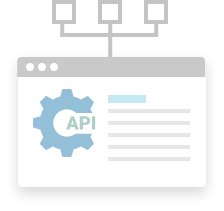What Is Considered Light Industry?
Light industry is somewhat hard to define because it’s practically anything you can think of in terms of a typical manufacturing plant.
A good rule of thumb is to consider who the consumer is: if the consumer of the end product is an individual, it’s probably light industry; if the consumer of the end product is a geographic area or network, it’s probably heavy industry.
Light vs Heavy Industry
Light industry is frequently defined as opposing heavy industry. Heavy manufacturing involves raw processing of natural materials at a large scale, such as resource extraction. The products of heavy industry are often distributed to government agencies and infrastructural facilities to sustain other light industries further down the manufacturing line.
In contrast to heavy industry, light manufacturing produces less pollution and so is able to take place closer to urban centers.
Light Manufacturing Product & Industry Examples
The majority of types of product manufacturing is light industry. Here are a few of the most common examples of light manufacturing:
- Food - ready-to-eat and processed ingredients
- Paper - pulp, lumber, books
- Plastics - disposable packaging, household & beauty supplies
- Textiles - clothing
- Electronics - watches, laptops, televisions, appliances
For more examples, read our article 8 Ways Light Manufacturers Have The Industrial Edge.
Challenges Within Light Manufacturing
Like with any type of industrial production, light manufacturing has inherent challenges that need to be addressed in order for operations to be successful and competitive.
Waste Reduction
Heavy manufacturing facilities, such as a chemical processing plant for example, are usually the biggest polluters due to scale. However, light manufacturers can also produce significant waste.
Light industry facilities have to be aware of the extent, rather than the scale, of their wastes. This includes leftover material from packaging, energy and power supply wastes, and others.
For example, the light manufacturer of laptops has to be careful to properly dispose of metals like lead, which can seep into the ground and affect local ecosystems.
Skilled Labor Shortages
Many light industry operations rely upon skilled workers whose expertise goes far beyond manning machinery. Craftsmanship in manufacturing is often a key quality of light industry.
As older workers retire and fewer younger workers are recruited, companies must take care to foster training and offer certifications to capture this key knowledge.
Contamination
Some light industries, particularly consumables like food and beverages, need to be careful about product contamination. Another highly regulated example of this is the pharmaceutical industry.
Generally, for any product that is meant to be consumed by humans, manufacturers need to abide by national and international standards for cleanliness, active ingredients, and expiration dates.
Direct Relationship With Consumers
Light manufacturers make products for individual consumers. Whereas a government may decide which natural resource plants to develop, a person will be deciding whether to buy one or the other manufacturer’s product.
This means the rules of supply and demand and the attitudes of end users strongly determine expected volume and distribution of production. Light manufacturers are often expected to be very responsive to customer feedback.
Common Light Industry Strategies & Practices
Despite the wide range of products created in light manufacturing, there are some common strategies and best practices that have been developed and streamlined over decades of modern manufacturing.
Current Good Manufacturing Practices (cGMP)
Manufacturers, producers, and processors of certain light industry products need to be accountable to a set of standards mandated by the FDA called cGMP. These outline minimum levels of safety, process control, quality, and standardization necessary for modern markets.
Overhead Costs
As light manufacturers experiment with new workflows, procedures, and technologies, their overhead costs may fluctuate, risking overall profit margin and the jobs of their employees.
Check out our guide to calculating your manufacturing overhead costs so that you can improve your production without hampering operational success.
MES & Work Instruction Software
Most light producers use an MES, or manufacturing execution software, system. It is often combined with digital work instruction software. These technologies record production times, shipping dates, job numbers, quality inspections, and also train workers in standardized assembly processes.
Many light manufacturers prefer these software solutions to be scalable so that their information architecture can grow and adapt along with the business as it evolves.
Industrial Internet of Things (IIoT)
The Industrial Internet of Things is a connected network of digital devices that collect data and monitor performance automatically. In a factory, this would be the network of barcode scanners, automated torque tools, computer interfaces, and automated machinery that work to streamline processes on the production line.
Just-In-Time (JIT)
Just-in-Time is a manufacturing philosophy that encourages products to be created in response to demand, and not before that demand (such as making inventory to stock, for example). It is especially important for light manufacturers because it encourages less waste and higher innovation, particularly in response to customer demand.








